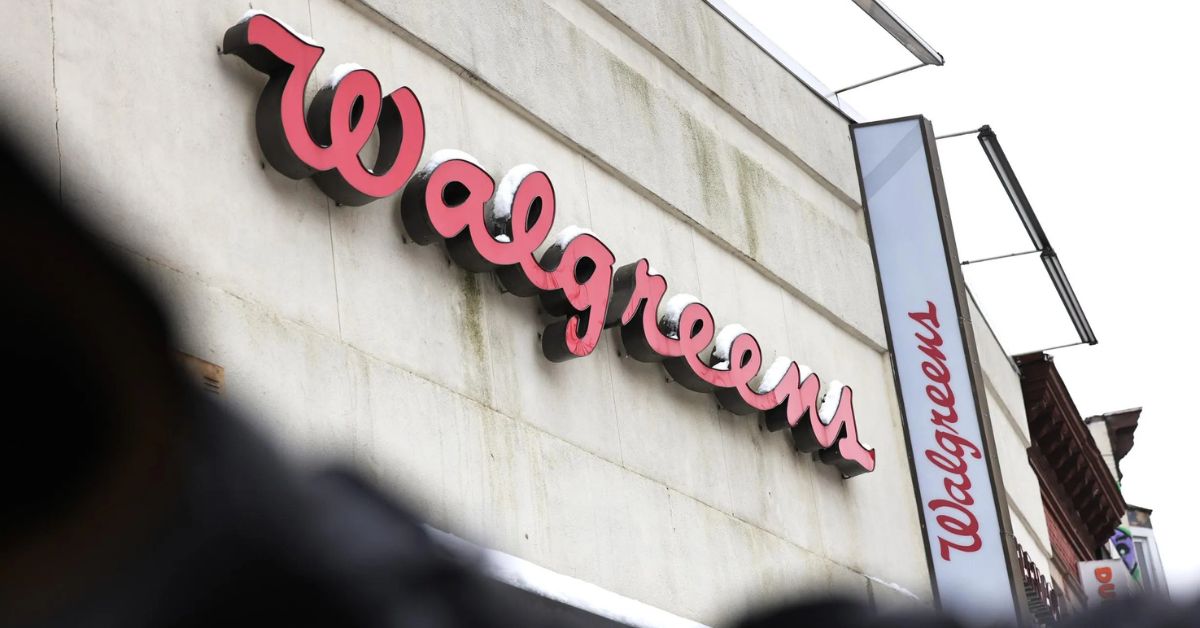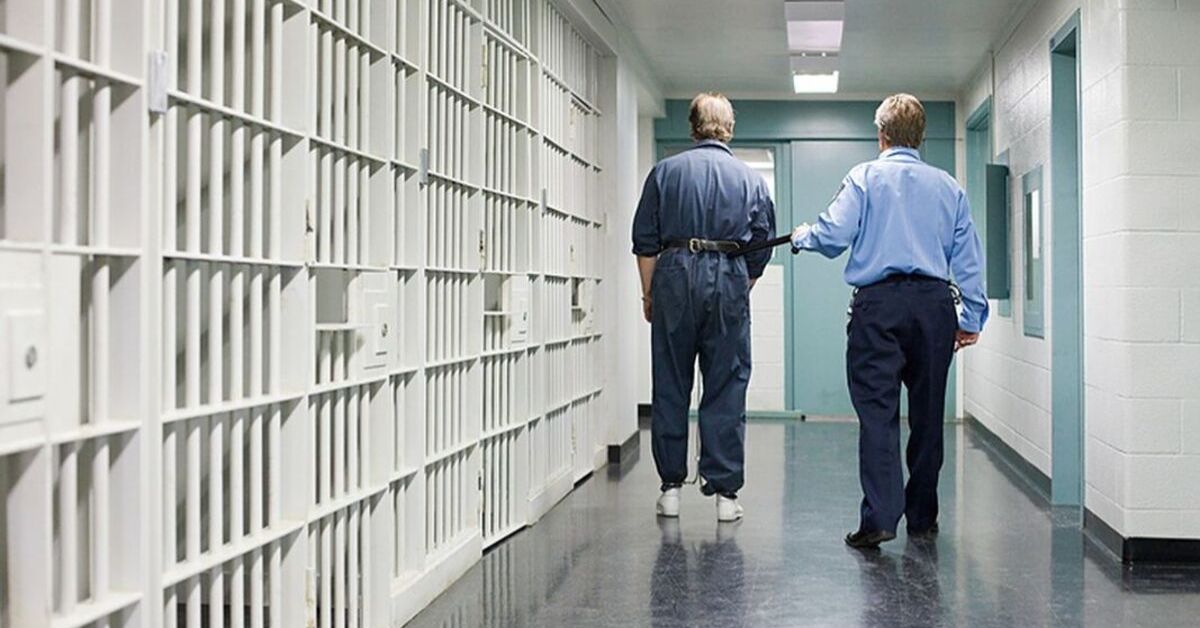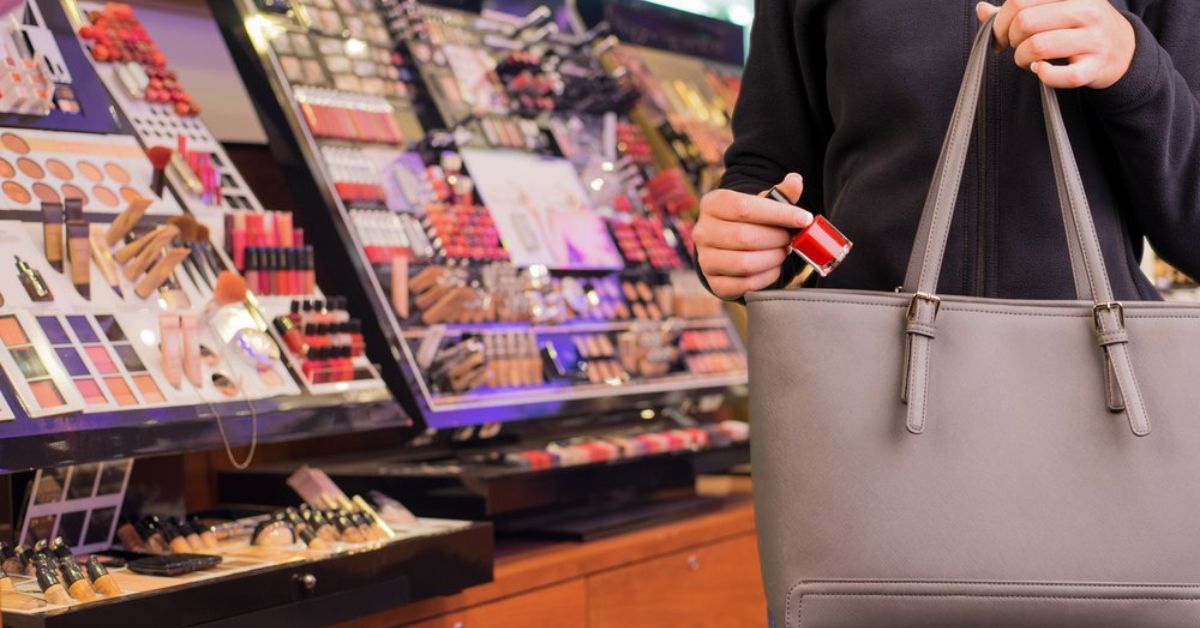Shoplifting is the biggest problem for retailers, costing businesses billions of dollars each year, and resulting in straining profit margins.
However, in recent months, many store owners and industry experts have noticed some positive changes in the ongoing battle against retail theft. While the problem isn’t diminishing anytime soon, there are signs that stores are beginning to win some ground in their efforts to prevent shoplifting.
A Growing Problem with Serious Consequences
Shoplifting has always been a concern for retailers, but in recent years, the scale of the issue has become more pronounced. Reports indicate that retail theft costs U.S. businesses an estimated $100 billion annually.
As crime in some cities rose during the pandemic, the frequency of thefts escalated, with large retailers in particular suffering from high-value losses. Retailers were forced to grapple with both organized retail crime (ORC) and opportunistic shoplifters, which created a serious problem that seemed difficult to combat.
The perception that stores were overwhelmed by thieves fueled concerns about the long-term viability of brick-and-mortar businesses. Many customers and workers feared for their safety, resulting in rising fear among businessmen against surging lost. It seemed like retailers were losing the fight against theft.
Turning the Tide: New Strategies and Technologies
Despite the overwhelming challenges, many retailers are now finding ways to fight back effectively. The most important factor contributing to recent success is technological advancement.
High-tech security systems, such as facial recognition, AI-powered surveillance, and real-time data analytics, are now more widely being installed in stores.
These tools help businesses not only spot potential thieves but also track and prevent repeat offenders.
Another significant shift in the industry has been the use of “smart shelves” and RFID (radio-frequency identification) technology. These systems allow stores to monitor stock levels in real-time, making it easier to detect discrepancies caused by theft.
This has proved to be a game-changer for retailers, as it enables them to identify when items go missing and take immediate action quickly.
In addition, many stores are working more closely with law enforcement to address the issue of retail theft.
Retailers are now sharing data with police and taking a more proactive approach to reporting thefts. By building stronger relationships with local authorities, businesses are able to combat organized retail crime more effectively.
Staff Training and Community Engagement
Another important element is shoplifting is to improve staff training. Retailers have realized that having employees who are well-trained in identifying suspicious behavior and handling theft prevention is important.
Some businesses are now offering special courses for their workers to help them identify shoplifters. It is all about managing difficult situations without putting themselves or customers at risk.
Moreover, stores are engaging with local communities to reduce theft. Community-based efforts, such as awareness campaigns and neighborhood watch programs, have helped to foster a greater sense of collective responsibility.
When communities come together to address retail crime, businesses can create a more secure environment for both shoppers and employees.
Challenges Remain: Shoplifting Still Growing Concern
Despite these advances, the problem of shoplifting remains. Experts acknowledge that technology and new strategies have made loss prevention efforts effective. However, retailers still face a number of challenges.
For one, organized retail crime continues to be a major issue.
Criminal networks that target stores for large-scale thefts are difficult to thwart, and some thieves have found ways to exploit new technologies.
In addition, many retailers are still dealing with the underlying social factors that contribute to theft, like poverty, abuse, and mental health issues.
These complex issues cannot be solved by technology alone, and businesses must work in collaboration with local governments and social services to address the root causes of crime.
Legal and Policy Shifts
Another factor affecting the fight against shoplifting is the changing legal landscape. In some states, laws have been modified to reduce penalties for retail theft, which some believe emboldens thieves.
However, experts caution that while these changes may be influencing theft rates, the overall impact of such laws is still unclear. Some businesses argue that softer penalties are contributing to higher theft rates, but others believe that focusing on community-based prevention programs and rehabilitation may yield longer-term results.
The Road Ahead: A More Secure Future for Retailers?
Although shoplifting continues to be a pervasive issue, there is hope on the horizon. Retailers are making significant strides in adopting technology, improving staff training, and strengthening their relationships with local law enforcement and communities.
These efforts, combined with broader societal changes, may eventually lead to a more secure environment for retailers and shoppers alike.
The key to success, however, will be a balanced approach. While technology and tougher security measures play an important role in reducing theft, addressing the social factors behind theft and ensuring a fair justice system are just as essential.
As retailers and communities work together to tackle shoplifting from all angles, there is a good chance that the war on retail theft will ultimately swing in their favor.






